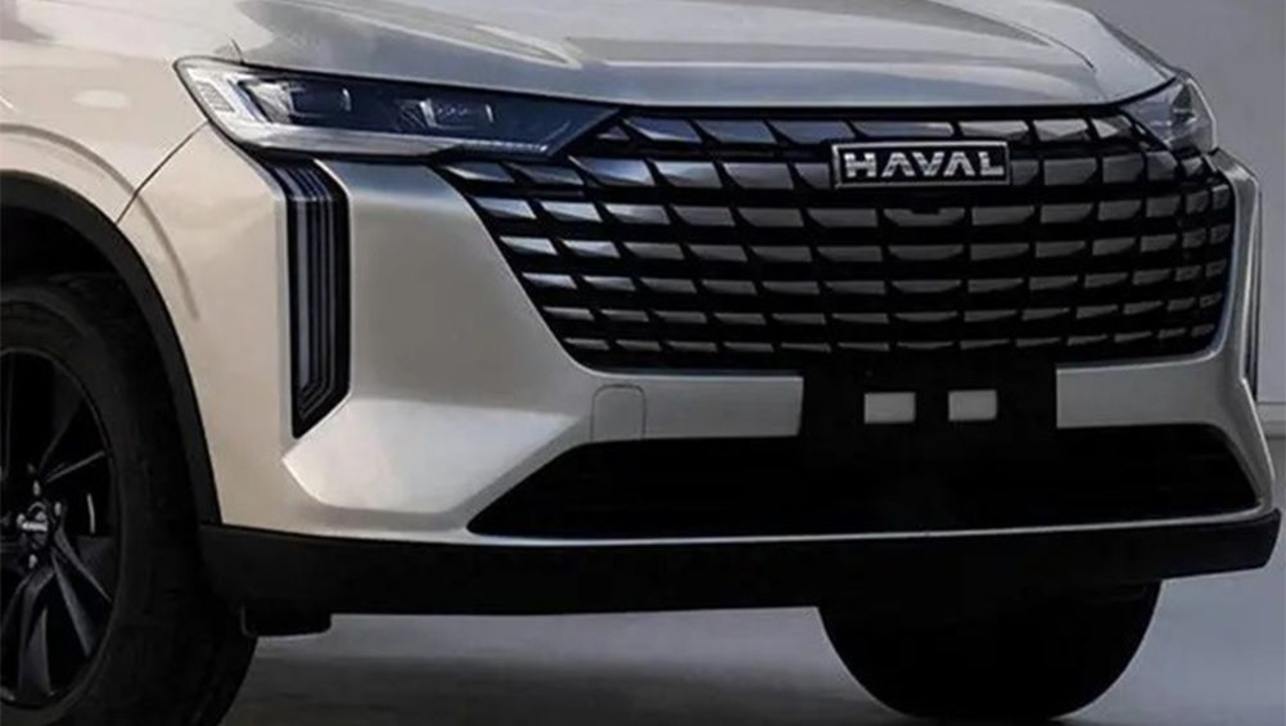Audi's squeaky-clean A7 Sportback h-tron quattro is a shade of green so far unseen.
This hydrogen fuel-cell electric-powered five-door hatchback, which emits water vapour, is a bunch of things other fuel cell cars are not — it's large and luxurious, fast and fun, efficient and exciting. For now, however, the A7 h-tron is a technology test-bed prototype. It's also a pointer to the kind of hydrogen-fuelled car Audi plans to put into production in the not too distant future.
The pace of fuel-cell electric car development is speeding up and the German brand is staking its claim. "We see there is an acceleration at our competitors," says Audi fuel-cell development boss Immanuel Kutschera. "We will accelerate too."
Kutschera ticks off the companies leading the fuel-cell charge: Hyundai, producing the ix35 Fuel Cell since 2013 (one recently arrived in Australia, imported by Hyundai's local arm for trials); Toyota, which has started building its Mirai; Honda, planning to put its FCV Concept into production by 2016; Daimler, which nominates 2017 as the production debut of a model called F-Cell.
"The Hyundai (ix35) is a small SUV, the Toyota Mirai is a mid-size car, the Honda … is also a smaller medium-class car," Kutschera says. "Our target is to start in the top segment, in the premium segment, and there we want to be the best, in power and efficiency and all these aspects which are relevant for the customer."
Driving one example from Audi's h-tron fleet shows how close the German company is to achieving its aims.
With two 85kW electric motors, one for each axle, the two-tonne hatchback has strong acceleration, scooting from standstill to 100km/h in 7.9 seconds, Audi claims, on the way to 200km/h.
The A7 h-tron drives just like a battery electric car, except for some fuel cell specific sounds.
The big hatchback's four high-pressure tanks holding 5kg of hydrogen gas enable a range of 500km before it needs a five-minute refill.
The A7 h-tron drives just like a battery electric car, except for some fuel cell specific sounds. There's a slight whine from the turbine compressor pushing air into the suitcase-size fuel cell under the bonnet.
Inside the fuel cell, oxygen in the compressed air combines with hydrogen from the fuel tanks to create electricity and water. The other sound is the whooshing of water vapour and other gases leaving the fuel cell and rushing to the Audi's twin tailpipes.
As in a battery-powered electric car, the h-tron's motors each have a single-speed gearbox. With only one gear, there's no gear shifting, making the car exceptionally smooth.
There's not much to distinguish the h-tron from a regular A7 Sportback. It's luxurious and roomy on the inside and very good looking from the outside.
Its cargo compartment floor is raised to fit hydrogen tanks and a battery pack that captures regenerated energy when braking and boosts power when accelerating. There are specific instruments and a red emergency stop button between the front seats.
The A7 Sportback is also plainly a premium car. Current prices for conventionally powered versions range from about $130,000 to $260,000.
This expensive technology makes more sense in the top segment
Those able to afford prices like this can also afford to pay for fuel-cell propulsion, Kutschera argues. "This expensive technology makes more sense in the top segment."
It also makes most sense for large cars, such as Audi's existing A6, A7 and A8, that are likely to be driven long distances, he says. "We here in Audi think there is a competition between the long-distance battery electric vehicle and the fuel-cell electric vehicle."
The company has placed an each-way bet. "This race is open," he says, "and we are going on both paths to find, or to come to, the best solution for the customer's demands in the future." Defining "long distance" as more than 500km, Kutschera notes that fuel-cell electric cars already deliver this kind of driving range and he reckons hydrogen filling stations wouldn't be more expensive than fast chargers for battery electric cars.
"On a hydrogen filling station, you can fill up a car in five minutes," he says. This compares favourably even with recharging a battery car for 500km in 30 minutes, which no one has yet managed.
Audi also has participated in a project assessing the viability of alternative fuels, pure hydrogen gas and hydrogen-heavy natural gas.
The maker hasn't shouted about its fuel-cell expertise as loudly as some others but clearly has thought long and hard about the kind of hydrogen-fuelled electric car people one day will want.



.jpg)
.jpg)



.jpg)
.jpg)
.jpg)

.jpg)









.jpg)









.jpg)

.jpg)
.jpg)

.jpg)
.jpg)
.jpg)








Comments